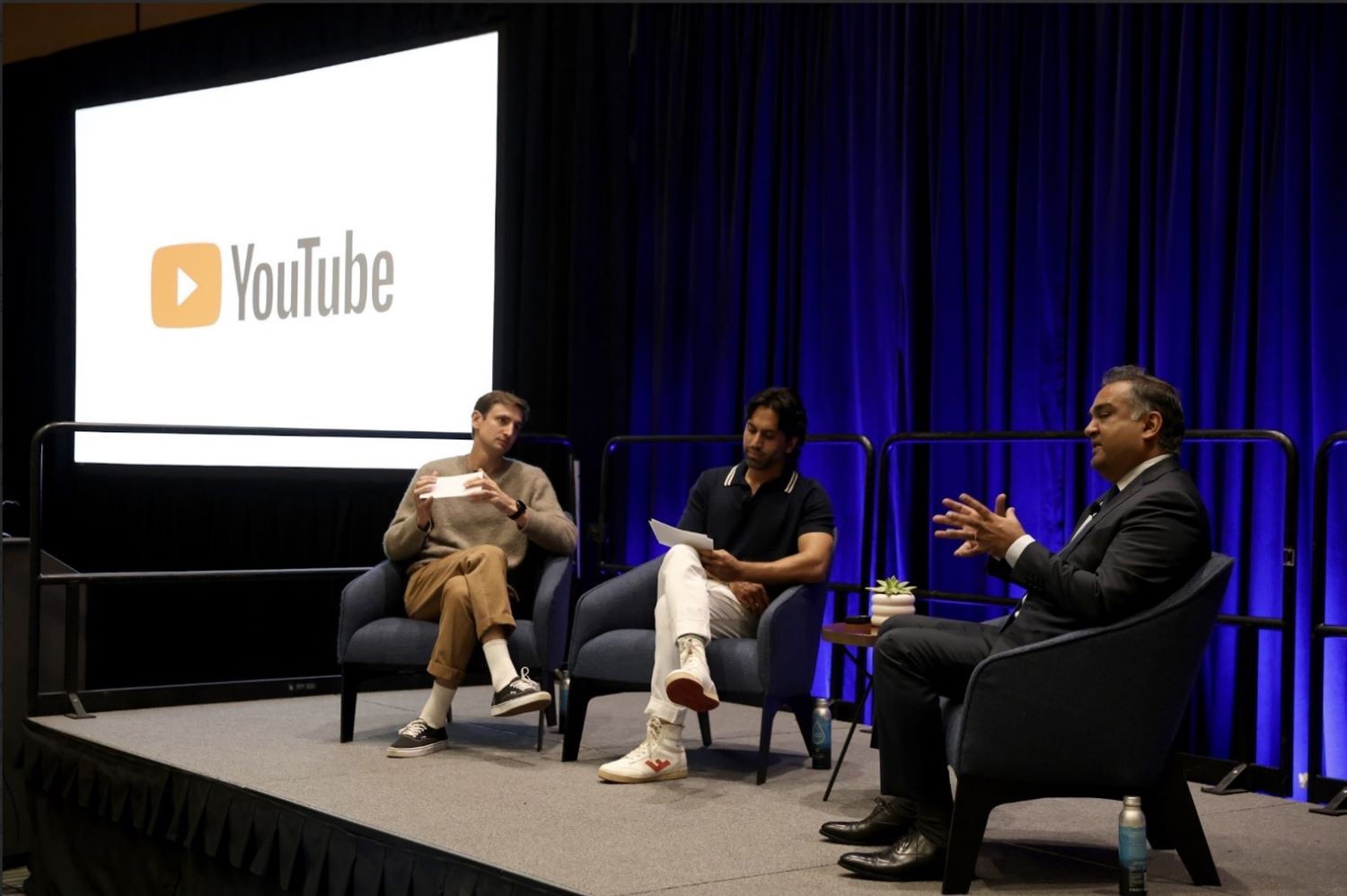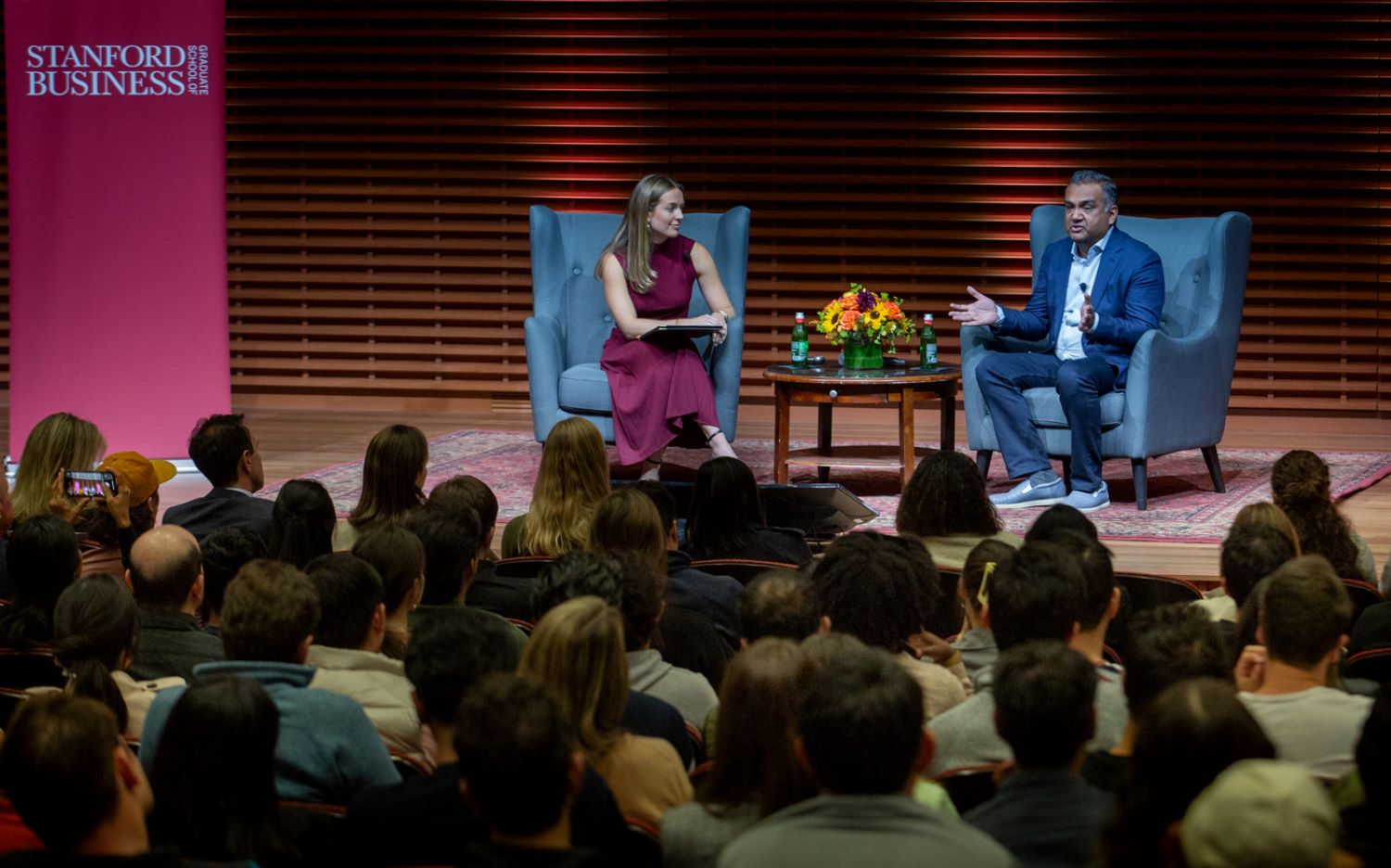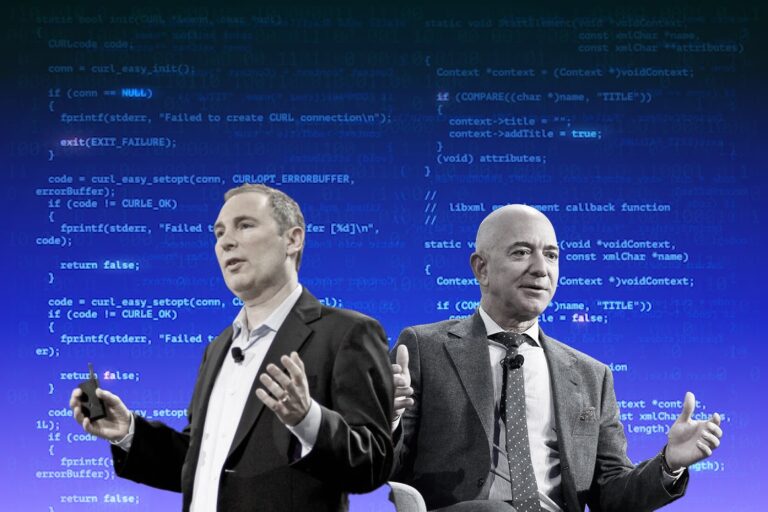YouTube Tech Team’s Clash with AdBlock: Ardent Move Starts to Backfire
In a bold move that’s sending shockwaves through the digital landscape, YouTube’s tech team has declared war on AdBlock companies.
The battleground? The contentious realm where user autonomy clashes with the revenue streams of content creators.
As the world’s leading video platform, YouTube’s decision to take a stand against AdBlockers is reshaping the rules of the game.
Viewers vs. Revenue: The Intricate Dance Amid YouTube’s Adblocker Crackdown
YouTube’s recent efforts to combat Adblockers revolve around an intricate economic challenge.
YouTube’s revenue juggernaut is fueled primarily by advertising and memberships, with an eye-popping $29 billion in earnings for the year 2022. It’s a financial success story that traces back to Google’s strategic acquisition of the platform for $1.65 billion in 2006.
However, a closer inspection of the quarterly revenue growth reveals a nuanced narrative.
In 2022, YouTube’s revenue grew by a mere 1.3% year on-year, inching from 2021’s $28.8 billion to the aforementioned $29.2 billion. The deceleration in growth raises eyebrows, prompting questions about the sustainability of YouTube’s financial trajectory.
YouTube’s decision to take a stand against Adblockers is a strategic move aimed at securing and bolstering its revenue streams.
The platform’s reliance on advertising revenue is evident, with ads permeating every aspect of the viewing experience—before, during, and after videos.
This inundation of ads has not only irked viewers but has also prompted a dual-sided argument: on one hand, the need to preserve the financial lifeline for content creators, and on the other, the desire for an uninterrupted, seamless viewing experience.
Content creators on YouTube rely heavily on ad revenue to sustain their channels and produce engaging content.

According to statistics from May 23, 2023, YouTubers earn an average of $0.018 per ad view, a figure that fluctuates between $0.10 and $0.30 per view. This variation hinges on several factors, prominently the total number of views a video accrues.
Approximately 15% of viewers, on average, watch the necessary 30 seconds of a video ad for it to qualify for payment. This means that for every 1,000 views, about 150 individuals are likely to engage with an ad, forming the basis of the creators’ ad revenue.
Beyond ad views, content creators have diversified revenue streams, with brand deals playing a significant role. The compensation for these collaborations can vary widely, depending on the size and engagement of an influencer’s following.
Established influencers may command substantial sums, ranging from hundreds of thousands to even millions of dollars, to promote products or services to their audience.
Additionally, content creators may secure a percentage of the revenue generated by their content. This could encompass earnings from book sales or a share of advertising revenue on platforms beyond YouTube.
With the platform serving as a livelihood for many, YouTube’s crackdown on Adblockers is seen as a necessary defense against potential revenue losses.
The financial viability of content creation hangs in the balance, and creators fear that an unchecked rise in Adblocker usage could jeopardize their ability to continue producing quality content.
On the flip side, viewers are grappling with an increasingly intrusive ad experience.
Display ads, skippable and unskippable ads, often disrupt the flow of content, leading to a less-than-ideal viewing experience.
The call to disable Adblockers or face restricted access to content is met with resistance from those who argue for a more user-centric approach—one that prioritizes an ad-free experience for viewers.
The tension between revenue generation and viewer satisfaction is palpable. YouTube’s attempt to secure its financial standing by combatting Adblockers poses a fundamental question: Can the platform strike a balance that preserves the livelihood of content creators while respecting the preferences of its user base?
Into the Core: YouTube’s Strategic Offensive Against AdBlockers Unveiled
Delving into the intricacies of YouTube’s recent offensive against AdBlockers reveals a calculated and methodical strategy that has been silently unfolding.
Far from a knee-jerk reaction, this move is a meticulously planned response to the companies actively impeding YouTube’s primary revenue stream — advertising.
Users employing AdBlockers are now met with persistent messages, presenting them with a stark choice: disable the tool or face restricted access to coveted content.
The notification states, “Ad blockers are not allowed on YouTube.”
Users are then presented with three choices: permit YouTube ads (accompanied by instructions on disabling the ad blocker), subscribe to YouTube Premium, or dismiss the message.
Ignoring the alert allows continued video watching for a few rounds before the notification recurs. Persistent disregard may lead to playback restrictions after three warnings.
Ad blockers are tools designed to conceal or eliminate advertisements from websites, and they may be integrated into other software like VPNs safeguarding internet activity or privacy-focused web browsers.
For a monthly fee of $11.99 or an annual subscription of $119.99, YouTube Premium eliminates ads from its service and provides additional perks such as offline downloads and access to YouTube Music Premium.
And in November of last year, the company declared that it had exceeded 80 million total subscribers, combining both YouTube Premium and YouTube Music.
“We want to inform viewers that ad blockers violate YouTube’s Terms of Service, and make it easier for them to allow ads on YouTube or try YouTube Premium for an ad free experience,” the company said in its email to The Verge.
The decision to intensify efforts against AdBlockers signals an intricate dance between ensuring user satisfaction and safeguarding the financial interests that drive the platform’s vast creator network.
A YouTube spokesperson’s statement sheds light on the platform’s rationale: “We’ve launched a global effort to urge viewers with ad blockers enabled to allow ads on YouTube or try YouTube Premium for an ad-free experience. Ads support a diverse ecosystem of creators globally and allow billions to access their favorite content on YouTube.”
In essence, YouTube is not merely combating AdBlockers; it’s appealing directly to viewers, seeking their understanding of the symbiotic relationship between ads and the diverse array of content creators.
The platform’s commitment to maintaining a free-access model for billions worldwide hinges on the revenue generated through advertising.

Moving beyond this defensive stance, YouTube’s revenue-focused maneuvers take center stage.
The experimentation with advertising formats goes beyond a mere clash with AdBlockers — YouTube has tested the delivery of up to 10 unskippable ads within a single advertising clip.
The platform also announced plans to introduce 30-second ads to TV platforms, strategically aligning itself with industry leaders like Netflix.
YouTube’s AdBlock Conundrum in the Challenge of Privacy Laws
Beneath the surface of YouTube’s clash with AdBlockers lies a complex interplay of motivations and challenges that extends far beyond the initial user complaints.
The frustrations voiced on platforms like Reddit represent a collective plea for an enhanced viewing experience, free from the interruptions of intrusive ads.
Yet, the revelation from Twitter – that merely 0.7% of YouTube users actively employ AdBlock software – transforms this narrative into a financial chess game.
This fraction, seemingly insignificant, becomes a strategic focus for YouTube, as the potential revenue boost from converting these users could reshape the platform’s financial landscape, benefiting both the company and its extensive network of content creators.
The heart of YouTube’s offensive against AdBlockers beats with a dual pulse: on one hand, the platform responds to user demands for a seamless viewing experience, and on the other, it meticulously eyes the untapped revenue potential within that 0.7%.
In this battle, users wielding AdBlockers find themselves in a challenging position. Their pursuit of an ad-free haven clashes with YouTube’s strategic move to curb their chosen solution.
YouTube faced criticism from both users and privacy advocates. According to a Wired report, individuals are rapidly installing and uninstalling ad blockers in a quest for one unaffected by YouTube’s limitations.
Patrick Breyer, a German digital rights advocate and member of the European Parliament, asserts on Mastodon that YouTube is pushing users towards surveillance advertising and tracking through an anti-adblock wall.
Breyer has raised questions about the legality of ad blocker detection systems under the ePrivacy Directive with the European Commission.
Alexander Hanff, a privacy expert, also lodged a complaint with the Irish Data Protection Commission (DPC).
According to Hanff, YouTube’s ad blocker identification mechanism violates users’ privacy and is against EU legislation. Google disputes this claim.
“AdBlock detection scripts are spyware — there is no other way to describe them and as such it is not acceptable to deploy them without consent,” Hanff tells The Verge. “I consider any deployment of technology which can be used to spy on my devices is both unethical and illegal in most situations.”
In response to challenges from Hanff and Breyer, YouTube spokesperson Christopher Lawton reiterated the company’s commitment to a global effort to combat ad blockers. Lawton expressed willingness to cooperate fully with inquiries from the Data Protection Commission (DPC).
If the European Commission determines that YouTube’s ad blocker detection system breaches the EU’s ePrivacy Directive, potential consequences could include fines and a mandate to alter the feature.
The outcome of the challenge is uncertain at this stage, and any changes resulting from it may not affect the current system for users in the United States.
Hanff remains resolute and unyielding in his stance. He declares, “I have been fighting for stronger protection of privacy and data protection rights for almost 2 decades,”
“If YouTube continues to think they can get away with deploying spyware to our devices, I will bring them down too.” – he continued.
Simultaneously, the AdBlock industry, built on the premise of offering users refuge from ads, grapples with an existential threat. The lose-lose scenario heightens the stakes, thrusting the industry into a critical juncture where adaptability and innovation become paramount.
Peering into YouTube’s operations reveals a commitment to addressing these challenges behind the scenes. Dedicated teams are actively engaged in the quest for a delicate equilibrium, seeking solutions that harmonize revenue generation and viewer satisfaction.
Meanwhile, the AdBlock industry admits to a lack of immediate alternatives, acknowledging the complexity of their position in this evolving landscape.
Ad Blockers Rise Stronger: The Unforeseen Repercussions of YouTube’s Crackdown
YouTube’s recent attempts to crackdown on ad blockers have taken an unexpected turn, resulting in unintended and detrimental consequences.
Rather than dissuading users from utilizing less effective ad blockers, the controversial changes have prompted a shift towards more robust alternatives, including premium ad blockers.

Motivated by a sense of defiance or a desire for an uninterrupted online experience, users have embraced these enhanced tools, inadvertently fueling their resilience and innovation. What was initially intended as a crackdown has paradoxically contributed to the strengthening of the very tools YouTube sought to combat.
The impact of these platform changes has transcended digital realms, making its way into mainstream news headlines and introducing ad blockers to a broader audience.
Users, who were once oblivious to the existence of ad blockers, are now not only aware but actively seeking out information on the most effective options, moving beyond the initial choices available in the Chrome extension store.
While users generally accept a reasonable amount of ads, the relentless onslaught of unskippable and lengthy advertisements has driven many to resort to ad blockers or browsers with built-in ad-blocking features.
Ironically, YouTube’s attempt to discourage ad blocker usage has inadvertently educated users about the capabilities of browser extensions and ad-blocking tools.
This unintended consequence poses a significant risk to YouTube, as the very audience crucial for its success may turn away, leading to a decline in user engagement, decreased ad revenue, and potentially spelling the demise of the platform. As a direct result of YouTube’s actions, support for ad blocker developers has surged.
The situation draws parallels with historical events, notably the era of Prohibition, where attempts to restrict certain activities spurred a counter-response, leading to the development of more potent alternatives.
YouTube’s stringent measures have not only impacted individual users but have also disrupted older embedded apps in smart TVs, Chromecast, and other devices.
Less tech-savvy users, faced with broken functionality, are more likely to abandon these platforms rather than attempting to troubleshoot the issues.
Some industry observers interpret YouTube’s aggressive stance against ad blockers as a sign of the internet’s “free with ads” model reaching its limits, prompting a reevaluation of the delicate balance between user experience and advertising revenue.









